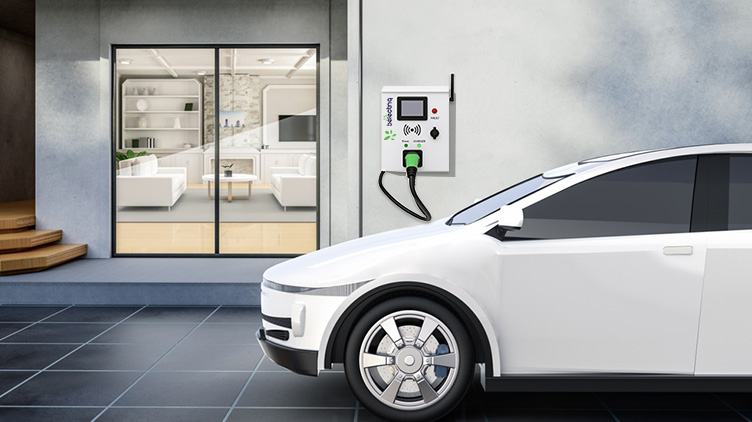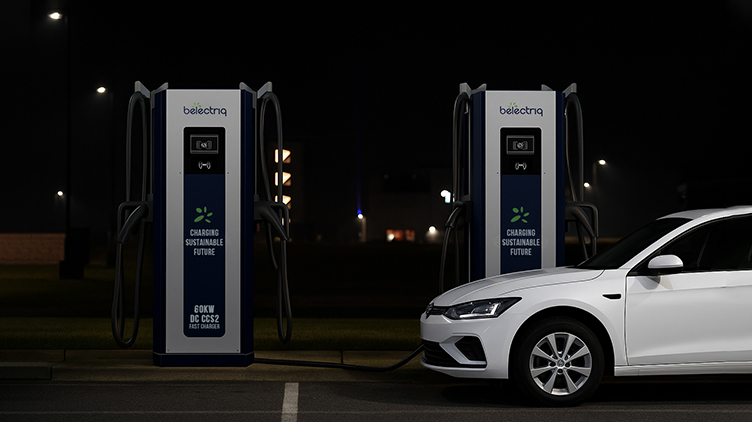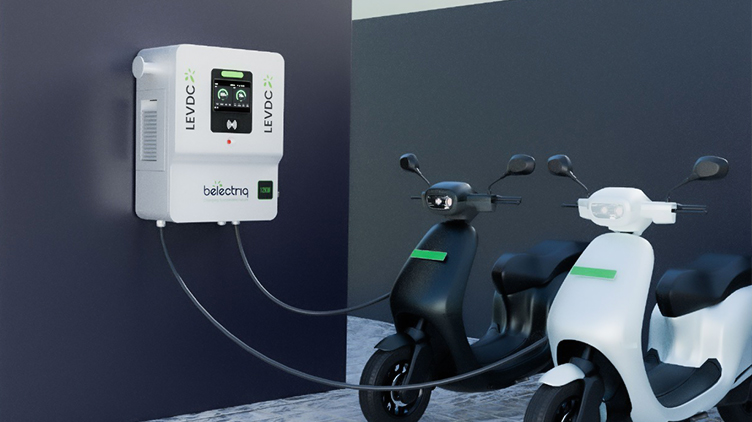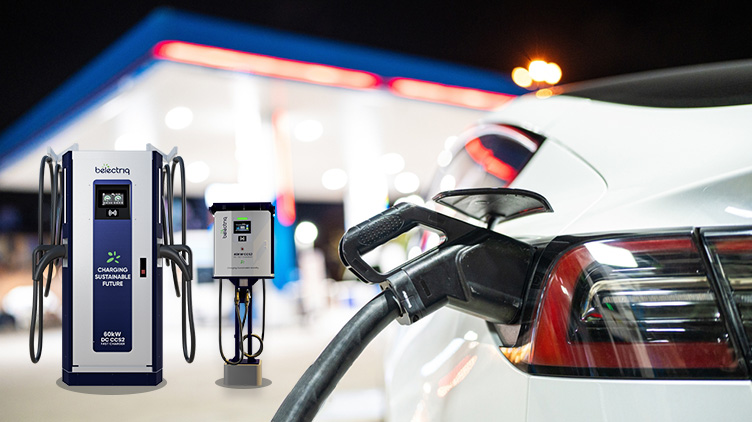Q1. Why is installing EV chargers becoming a global challenge?
As EV adoption accelerates, the need for widespread charging infrastructure grows. However, installing and commissioning chargers—both AC (slower, cost-effective) and DC (fast, high-power) systems—faces technical, financial, and regulatory challenges that can slow down the EV revolution.
Q2. How does grid capacity affect EV charger installation?
One of the biggest hurdles is the limited capacity of existing electrical grids.
- DC fast chargers demand large amounts of power, often requiring expensive grid upgrades.
- Without modernisation, EV charging could cause outages or degraded performance.
- Solutions like energy storage and smart charging management can help, but large-scale deployment is still years away in many regions.
Q3. Why are installation costs so high?
Installing EV chargers involves significant expenses:
- DC fast chargers can cost tens or even hundreds of thousands of dollars per port due to hardware, labour, utility interconnections, and site upgrades.
- AC chargers, though cheaper, may still need rewiring or electrical system upgrades, especially in older buildings.
- The complexity varies across residential, commercial, and public sites, requiring expert design and skilled labour.
Q4. What role do regulations and permits play in slowing down projects?
Regulatory hurdles are a major bottleneck:
- Rules around safety, zoning, accessibility, and environmental compliance differ between countries, states, and even cities.
- Approval processes are often lengthy and inconsistent, especially in urban areas where demand is highest.
- Frequent changes in standards add further complexity, delaying large-scale rollout.
Q5. How do compatibility and safety issues impact commissioning?
- EVs use different connector types (Type 1, Type 2, CCS, CHAdeMO), creating challenges for charger planning.
- Installers must design multi-standard facilities to cover all vehicle types.
- Safety concerns include overheating, incorrect wiring, grounding, surge protection, and fire risks, especially with high-current DC chargers.
- Certified installation and strict maintenance protocols are critical to minimise risks.
Q6. What user experience challenges exist with current EV chargers?
Drivers often face frustrations such as:
- Charger downtime or slow speeds.
- Payment and authentication failures due to poor network connectivity.
- Lack of real-time charger status updates, causing inconvenience.
For operators, maintaining uptime requires predictive maintenance, remote diagnostics, and reliable network connectivity to sustain user trust and profitability.
Q7. What are the strategic implications of these challenges?
These barriers highlight that scaling EV charging networks is not just a technical task but a multi-stakeholder challenge. Success requires:
- Technology innovation (smart grids, energy storage, AI-driven management).
- Regulatory reform to simplify approvals.
- Grid modernisation to support higher loads.
- New business models to balance costs and investments.
Q8. What opportunities arise from solving these issues?
While the challenges are significant, they open up opportunities for:
- Technology providers to develop smarter, safer chargers.
- Infrastructure developers to expand networks with innovative solutions.
- Governments and policymakers to build integrated EV ecosystems.
By overcoming these hurdles, the world can ensure a reliable, accessible, and sustainable EV charging future by 2030.





Leave a Reply